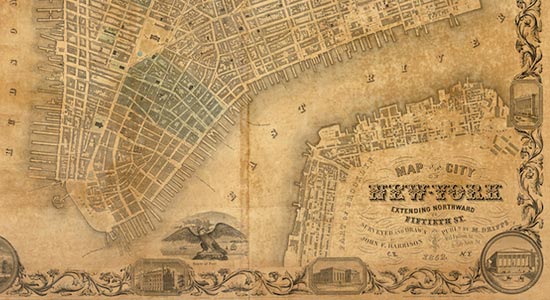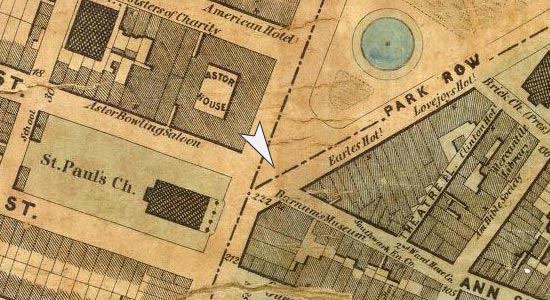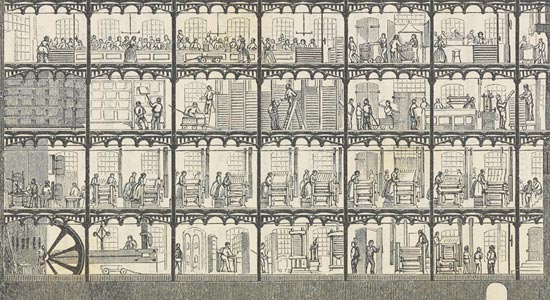Mathew Brady’s entrepreneurial skills and celebrity played a key role in establishing the daguerreotype portrait as part of nineteenth-century New York’s visual culture. The daguerreotype, an early photographic process invented by the Parisians Louis-Jacques-Mandé Daguerre and Joseph Nicéphore Niépce in 1839, was quickly adopted as a portrait medium in America. Daguerreotype portraits enjoyed particular popularity in New York City: the first American commercial portrait studio opened there in 1840, and by 1853 the city had more daguerreotype studios than all of England. Daguerreotypes were inexpensive compared with traditional painted portraits, allowing many more consumers to afford a likeness. Moreover, the daguerreotype’s ability to create exact likenesses impressed people, many of whom viewed the daguerreotype process as mysterious and marvelous. In 1851 the Photographic Art-Journal expressed a popular attitude toward the seemingly magical daguerreotype process when it extolled of “the invisible hand of Nature” creating the image “with her own cunning pencil.”
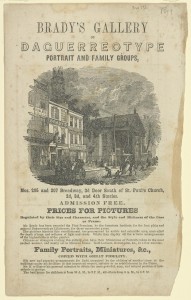
Fig. 1 J. Brown. Brady’s Gallery of Daguerreotype Portrait and Family Groups, 1849. Wood engraving. Eno Collection, Miriam and Ira D. Wallach Division of Art, Prints and Photographs, The New York Public Library, Astor, Lenox and Tilden Foundations.
+Mathew Brady was born in upstate New York, but like many New York City entrepreneurs of the era, he moved to the city as a young man in search of new opportunities. He opened his first portrait studio in 1844 at 205 Broadway, a building he shared with Edward Anthony, a stereographer and supplier of photographic materials (see Spofford “Prosperous Partnership”). This studio location had the advantage of being across the street from P. T. Barnum’s American Museum, one of the city’s most popular attractions, and was near such well-known landmarks as St. Paul’s Chapel and the fashionable Astor House hotel. Aware of the importance of location, Brady moved his studio uptown three times in twenty years, following the northward migration of fashionable neighborhoods and retail establishments. A skilled businessman, Brady also understood the need to publicize his studio and himself and quickly earned the nickname “Brady of Broadway.” He regularly bought newspaper advertisements: an 1849 advertisement (fig. 1) highlights the proximity of his studio to St. Paul’s and emphasizes his skill as a portrait artist. Brady also realized the importance of working with the illustrated press and began collaborating with Harper’s Weekly in 1857.
Although Brady’s was arguably the city’s most prominent portrait studio, it was by no means the only one: by 1850 The Daguerreian Journal reported that the city had seventy-one daguerreotype studios. Brady’s was an upscale establishment, but cheaper studios on Broadway and especially the Bowery offered working-class individuals the opportunity to have portraits made. Englishman John Werge recalled visiting such a studio, which moved customers rapidly and systematically through the photographic process but offered “as fine Daguerreotypes as could be produced anywhere.”
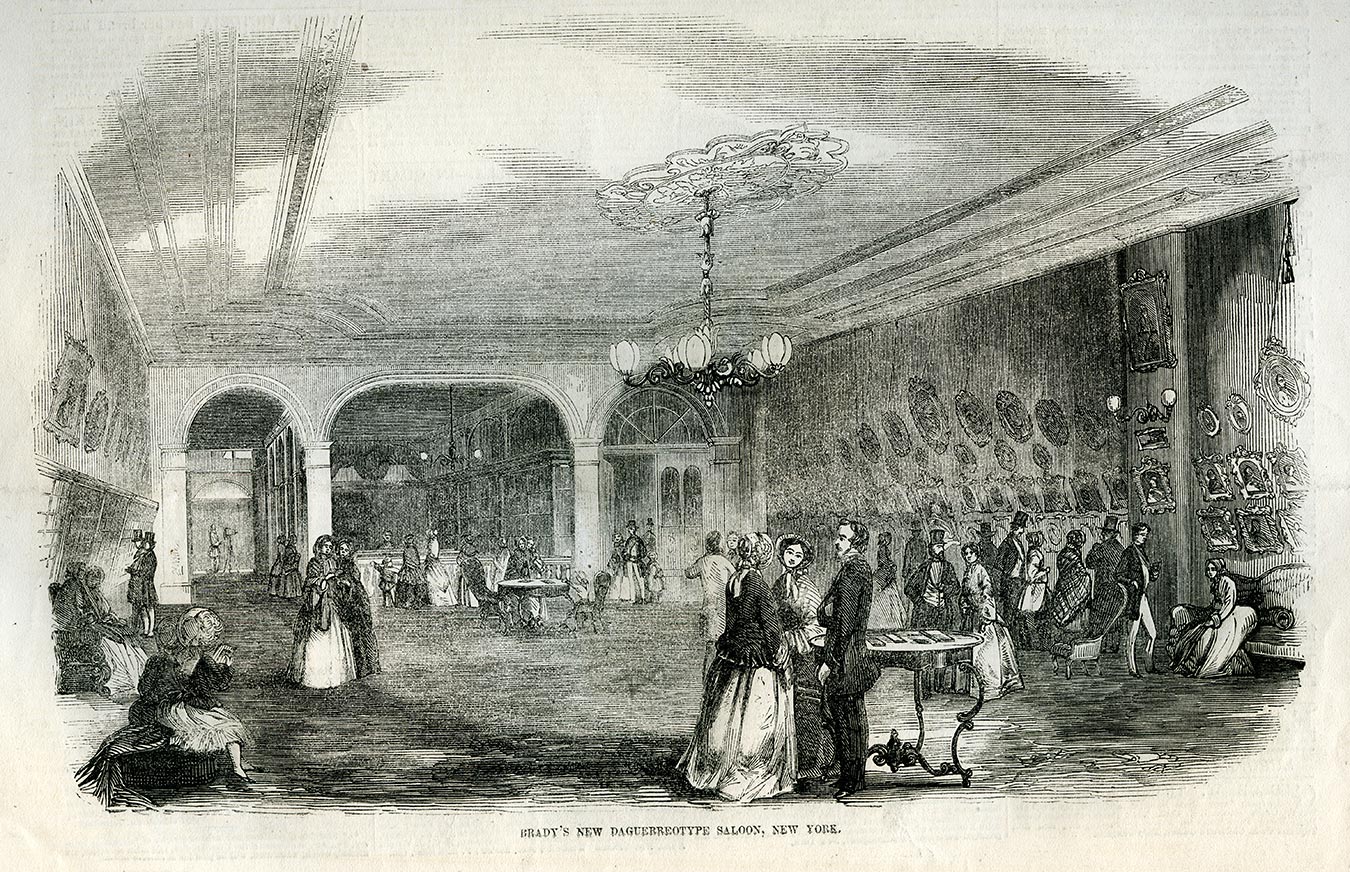
Fig. 2 “Brady’s New Daguerreotype Saloon, New York,” 1853. From Illustrated News, June 11, 1853. The Daguerrian Society.
+In this competitive city environment, Brady’s presentation of himself and his studio was vital for success. Visitors to his studio would first enter the reception room, a spacious, attractively furnished space with a gallery of sample and celebrity portraits. By imitating the tasteful decoration of a domestic parlor, this public parlor aimed to set customers at ease before they went in to sit for their portraits. The reception room of Brady’s second studio, located at 359 Broadway, received particular praise from critics, who found Brady’s taste in interior decoration as noteworthy as his skills as a photographer. This lavish parlor included velvet carpeting and a fresco ceiling complete with chandelier. At 40 by 26 feet, it was the largest reception room in the city. An 1853 print (fig. 2) illustrates the atmosphere of comfort and genteel sociability that the tasteful, parlorlike space of the reception room sought to create. In the background of the image, crowds of visitors admire the daguerreotype samples, and celebrity portraits hanging along the reception room’s walls.

Fig. 3 Mathew Brady. Abraham Lincoln, taken February 27, 1860. Salted-paper print. Courtesy of the Library of Congress Prints and Photographs Division.
+Brady’s large collection of celebrity photographs, which covered the walls of his reception room, helped establish his reputation. This celebrity gallery showcased Brady’s skill and attracted customers; some people may even have visited the studio simply to marvel at the gallery. Brady went to great lengths to photograph famous individuals: he traveled to Washington, D.C., in 1848 to obtain the likeness of the president and most members of the Senate, and the Supreme Court, and he continued to photograph celebrities for his gallery throughout his career. For example, when presidential candidate Abraham Lincoln visited New York for his famous 1860 lecture at Cooper Union, he stopped by Brady’s studio for a likeness that became a popular carte-de-visite and was also widely reproduced in the press. Another of Brady’s celebrity daguerreotypes, taken in 1852, depicted the famous vocalist Jenny Lind, whom P. T. Barnum brought to America (fig. 3). The incredible popularity of Lind and the many other notables on Brady’s walls made his gallery one of the city’s favorite spectacles and elevated Brady himself to celebrity status.
After refreshing themselves in Brady’s lavish reception room and admiring the portrait gallery, customers would proceed to the studio area where they sat for their portraits, called the operating room. In contrast to the reception room, the operating room would be sparsely furnished and was typically located above street level with large skylights, which provided natural lighting. Men called operators worked the cameras; for example, the photograph of Jenny Lind was made by operator Luther Boswell. Freed from the task of operating the cameras, Brady instead focused on publicizing the studio, posing sitters for portraits, and helping them relax with his charming and courteous manner. In 1851 an article in the Photographic Art-Journal remarked that although Brady did not take the photographs, “he [was] an excellent artist nevertheless—understands his business so perfectly, and gathers around him the first talent to be found.” Thus Brady was hailed as an artist in spite of his lack of direct involvement in producing the daguerreotypes.

Fig. 4 T. S. Arthur. “Sitting for a Daguerreotype.” From Sketches of Life and Character (Philadelphia: J. W. Bradley, 1850). Private collection.
+The daguerreotype process could cause the sitter discomfort, which made Brady’s role of alleviating a sitter’s anxiety a challenge. Whereas portrait painters created flattering likenesses in order to please their patrons, sitters at a daguerreotype studio worried that the photographic technology would reveal their every grimace and flaw. Moreover, depending on lighting conditions, daguerreotypes could require long exposures that challenged a customer’s ability to hold still. A clamplike device called a vise helped keep a sitter’s head motionless but would have likely felt quite awkward. An 1850 satirical image titled “Sitting for a Daguerreotype” (fig. 4), which appeared as an illustration to a series of narrative sketches by the popular author T. S. Arthur, comically evokes the sometimes tense relationship between subject and operator. Here the two operators seem quite unsympathetic to the sitter’s unease as they prepare for the portrait. In the story accompanying this image, which played on popular beliefs about the mysterious nature of photography, the naïve sitter flees the studio in fear that the operators are plotting to murder him. Brady’s instinct for customer relations, however, helped his customers avoid this sort of negative experience.
An 1851 article from the trade publication The Daguerreian Journal described the operator’s congeniality as a key element in taking successful portraits. According to this article, stubborn customers “will take the seat for a picture (which they will insist must be good, or they cannot take it), with a wearied, anxious or thoughtless expression of countenance. Here is trouble for the operator; with such persons, the judicious artist will now call in to requisition his tact. He will . . . engage his sitter’s attention, and direct his thoughts by a pleasant conversation; or by timely suggestion, arouse up a cheerful and lively expression.”
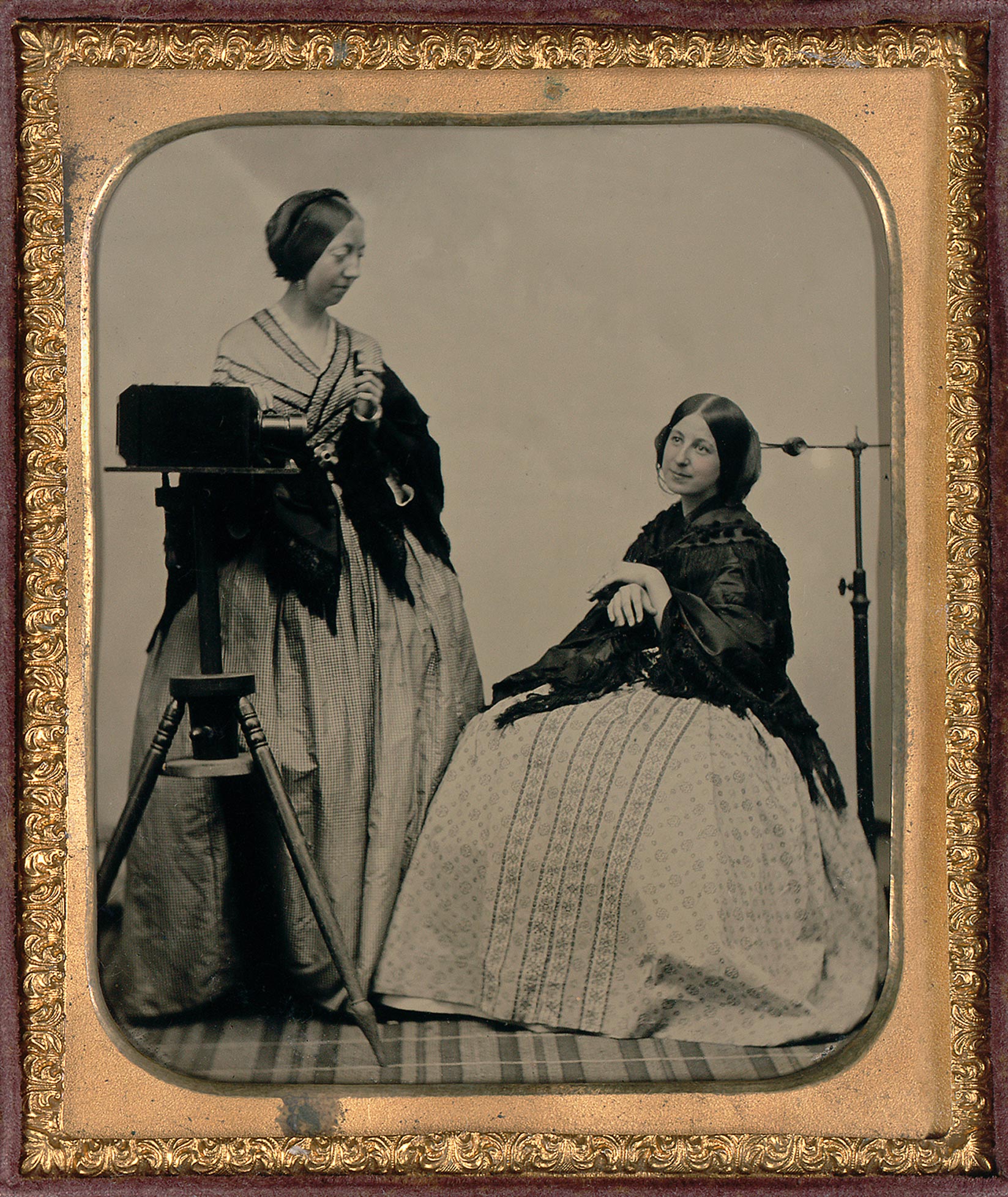
Fig. 5 Woman Daguerreotypist with Camera and Sitter, ca. 1855. Sixth-plate ambrotype. The Nelson-Atkins Museum of Art, Kansas City, Missouri. Purchase: William Rockhill Nelson Trust, 2005.27.5. © Nelson Gallery Foundation. Photo: Thomas Palmer.
+Brady’s charisma and gift for setting customers at ease, exactly the skills described above as crucial for taking flattering daguerreotype portraits, helped his sitters appear at their best. In this ambrotype, or photograph on glass (fig. 5), the female operator and subject have prevailed against the awkwardness of the vise to achieve a natural, graceful likeness. Female operators were quite rare; if women worked in the daguerreotype industry at all, they typically did so behind the scenes in producing images.
Brady’s charisma and gift for setting customers at ease, exactly the skills described above as crucial for taking flattering daguerreotype portraits, helped his sitters appear at their best. In this ambrotype, or photograph on glass (fig. 5), the female operator and subject have prevailed against the awkwardness of the vise to achieve a natural, graceful likeness. Female operators were quite rare; if women worked in the daguerreotype industry at all, they typically did so behind the scenes in producing images.
Finally, Brady’s customer would wait to receive his or her finished portrait. Directly before the exposure, a silver-coated photographic plate would have been made light sensitive through the application of iodine vapors. After the photograph was taken, the plate would be delivered from the operating room to hidden workrooms; the customer never saw any part of the image production process. Workers treated the plate with mercury vapors to develop the image and then fixed the image by removing the last of the photosensitive salts in a chemical bath. To prevent damage to the fragile image, daguerreotypes would be sealed in small cases with a protective glass cover. This finished product would be delivered to the customer within an hour of the portrait session. Finally, the customer could take the portrait home, perhaps choosing to keep it in the parlor, where family and friends could admire the likeness.
Brady’s charisma and entrepreneurial skills made him one of the most influential portrait photographers in the city. Moreover, in the midst of nineteenth-century New York’s thriving image production industry, Brady’s portrait studio offered individuals a compelling opportunity to participate not only in the viewing of urban visual culture but also in the making of this phenomenon by sitting for a portrait.
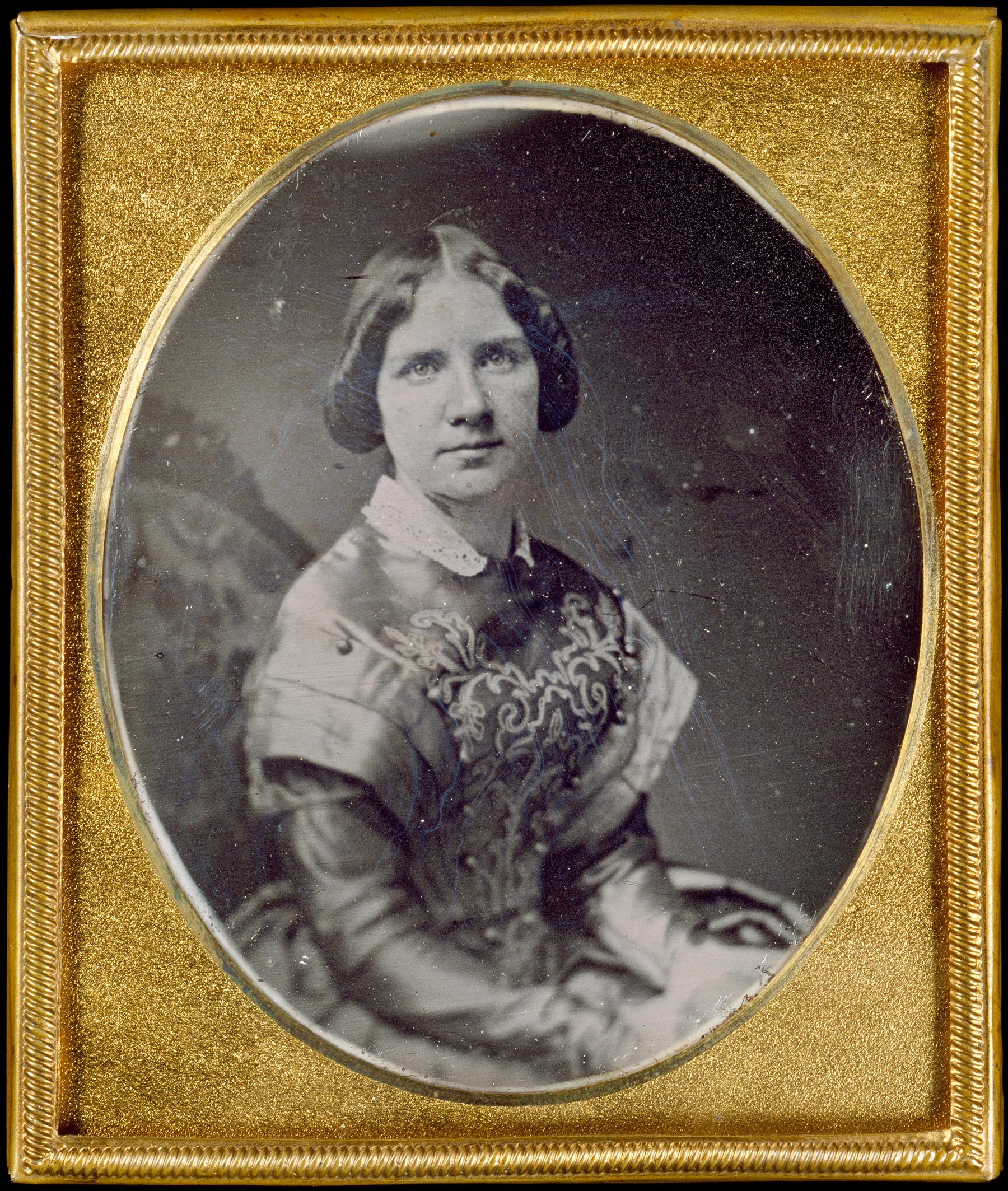
Fig. 6 Mathew Brady, operated by Luther Boswell. Jenny Lind, 1852. Sixth-plate daguerreotype. Chrysler Museum of Art, Norfolk, VA, Purchase, partial gift of Kathryn K. Porter and Charles and Judy Hudson, 89.75.
+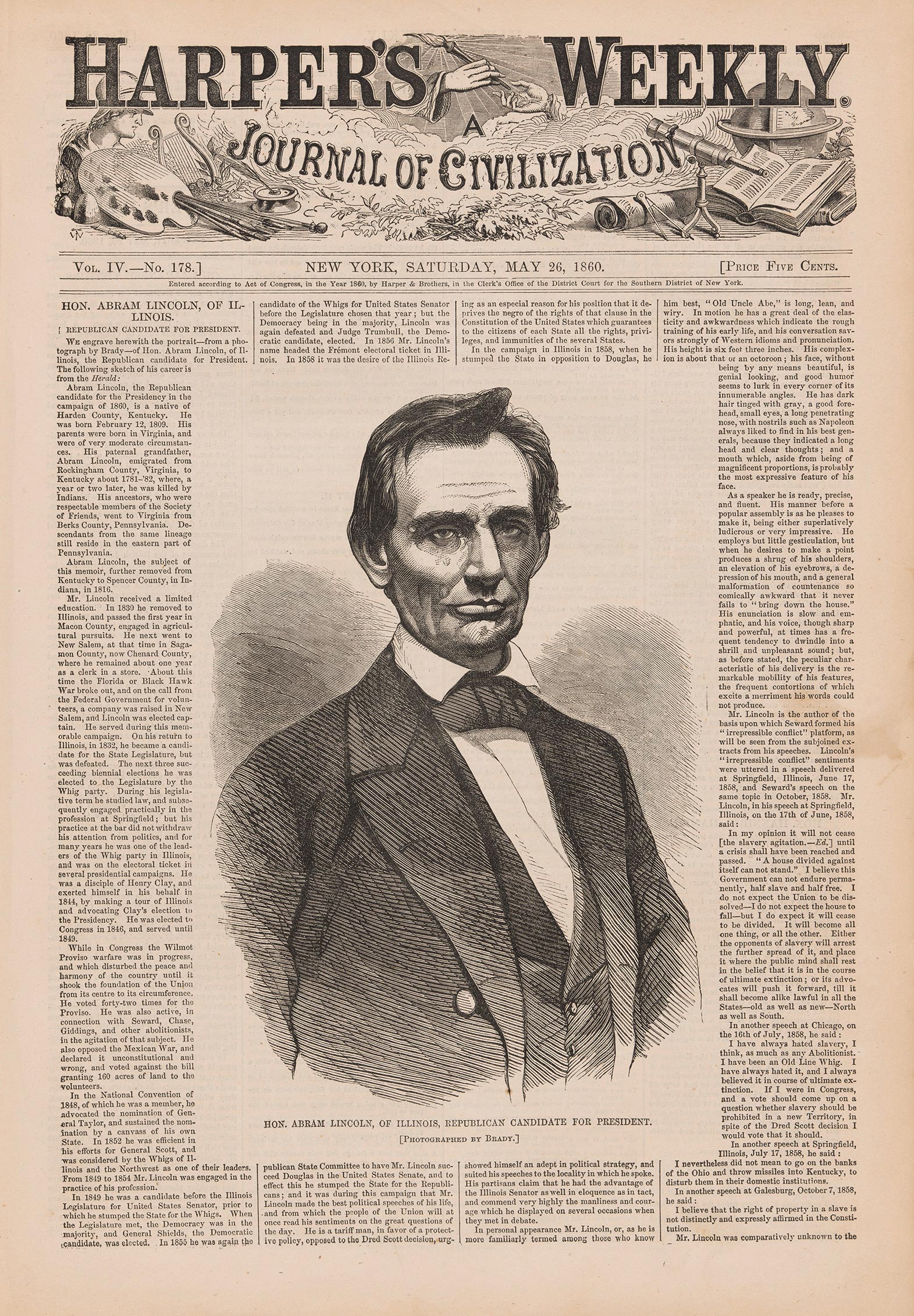
Fig. 7 After Mathew Brady. Cover of Harper’s Weekly (with portrait of Abraham Lincoln), May 26, 1860. National Portrait Gallery, Smithsonian Institution / Art Resource, NY.
+